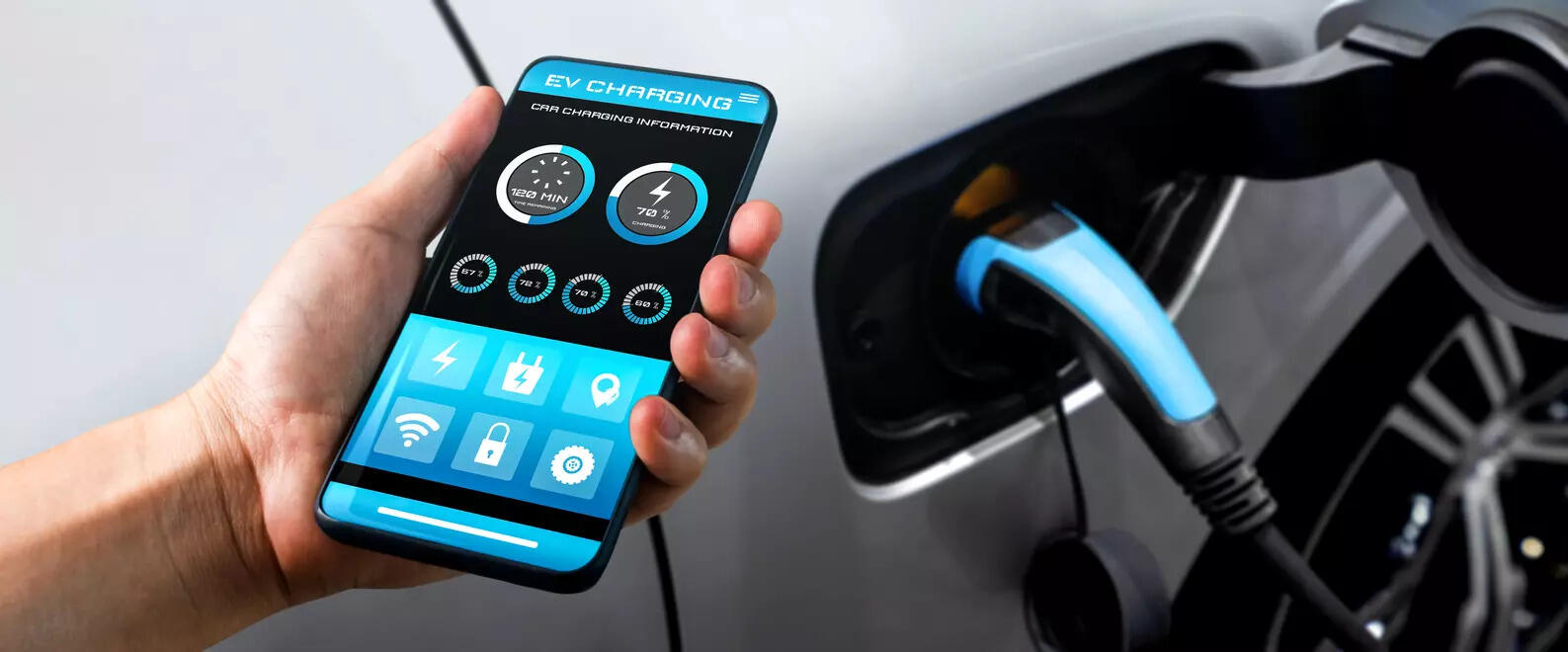
Heavy rainfall conditions can present challenges for electric vehicles (EVs), but with proper planning, cautious driving, and vehicle maintenance, these issues can be mitigated for safe and reliable transportation.
While EVs generally perform well in heavy rainfall, there are some considerations to keep in mind. Low-quality batteries, high rolling resistance reducing range, potential water ingress, and charging challenges can make the rainy season more challenging for EVs.
Batteries are a crucial component of EVs, accounting for a significant portion of the total cost. Lithium-ion batteries, commonly used in EVs, are designed with good sealing and protection against external elements, including rain. However, during the rainy season, it is important to inspect the battery compartment, seals, and connections for any signs of damage or water ingress. Seeking assistance from a professional service center is recommended if any issues are noticed.
Cold and wet weather can affect the capacity and performance of lithium batteries. Low temperatures can decrease overall battery capacity, resulting in reduced range and performance. Excessive moisture or water exposure may temporarily impact battery performance until it dries out. Therefore, it’s advisable to take precautions and regularly inspect the battery for potential water damage.
Corrosion of battery terminals and short circuits in electrical components are also concerns during the rainy season. To minimize these risks, regular battery inspections and periodic maintenance are essential. This will help identify any potential issues and ensure the longevity and safe operation of the EV.
Taking certain precautions can help mitigate challenges associated with heavy rainfall. It is important to estimate range properly, maintain proper tire condition, periodically check the batteries, and avoid driving in flooded areas to protect electrical components from water ingress.
In conclusion, while lithium-ion batteries in EVs are designed to withstand a certain level of exposure to rain, it is still crucial to remain cautious and take appropriate measures to ensure the performance, safety, and longevity of the batteries during heavy rainfall.

